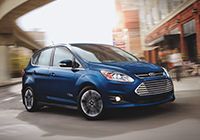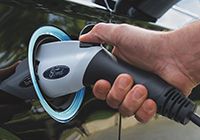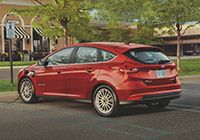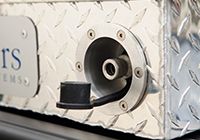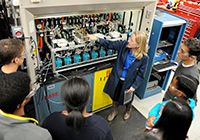Customers and Products > Reducing Vehicle CO2 Emissions >
Alternative Fuels and Powertrains
Our plan to develop sustainable technologies and alternative fuels includes researching and developing alternative powertrains and fuel options across all our vehicles, delivering on our promise to give customers the power of choice.
En Route to Lower-Carbon Fuels
As part of our strategy to support global climate stabilization goals and a more sustainable portfolio, we have developed a roadmap for migrating our vehicle technologies toward the use of lower-carbon fuel options. We offer a range of powertrain and fuel options that are designed to reduce vehicle CO2 emissions and improve fuel efficiency.
Our plan to progress sustainable technologies and alternative fuels includes researching and developing alternative powertrains and fuel options across all our vehicles, delivering on our promise to give customers the power of choice.






